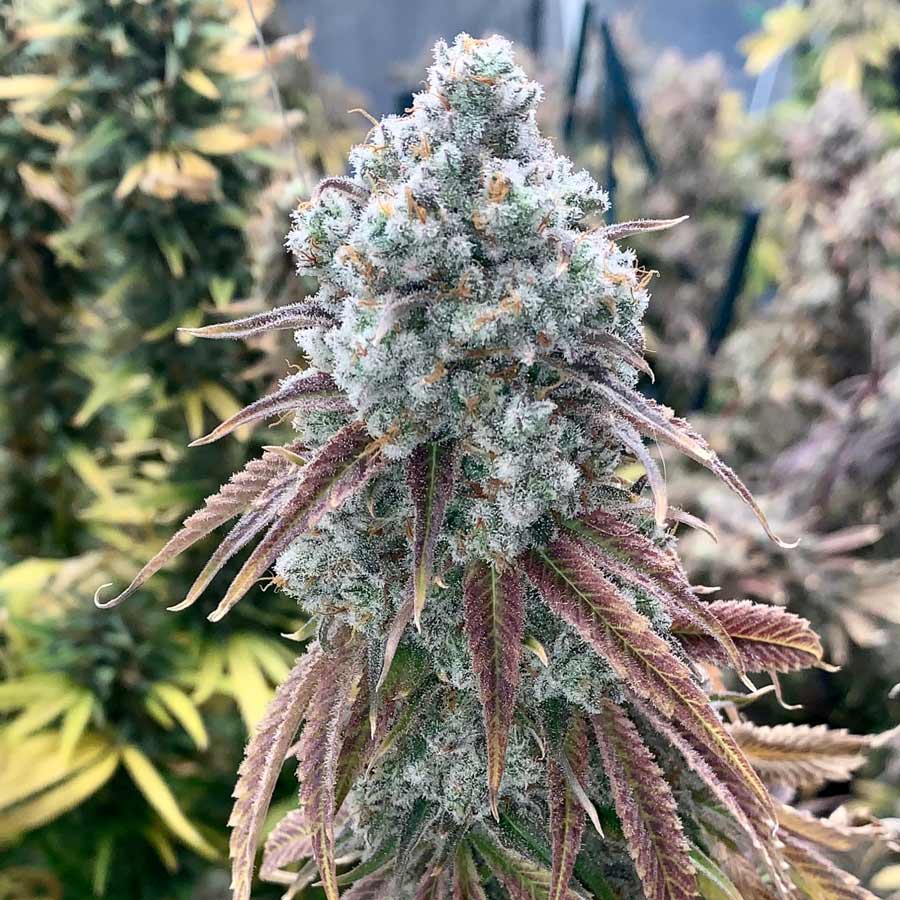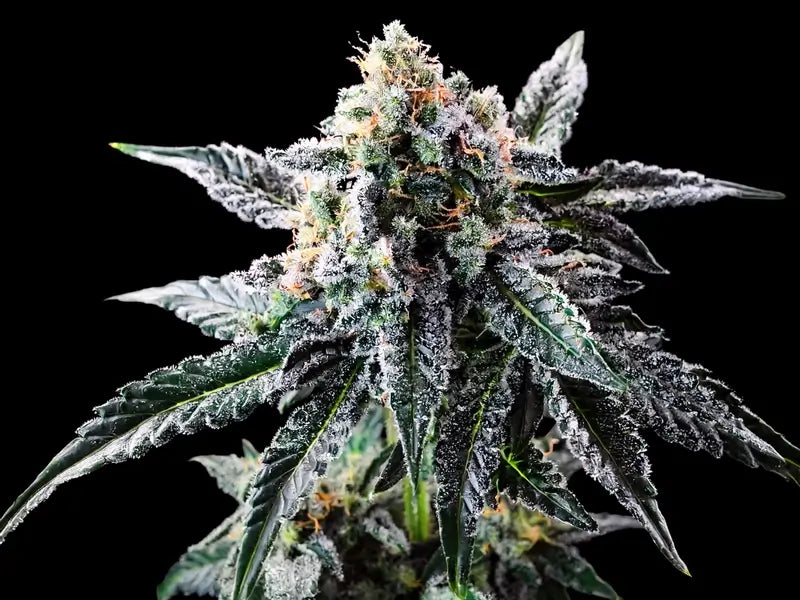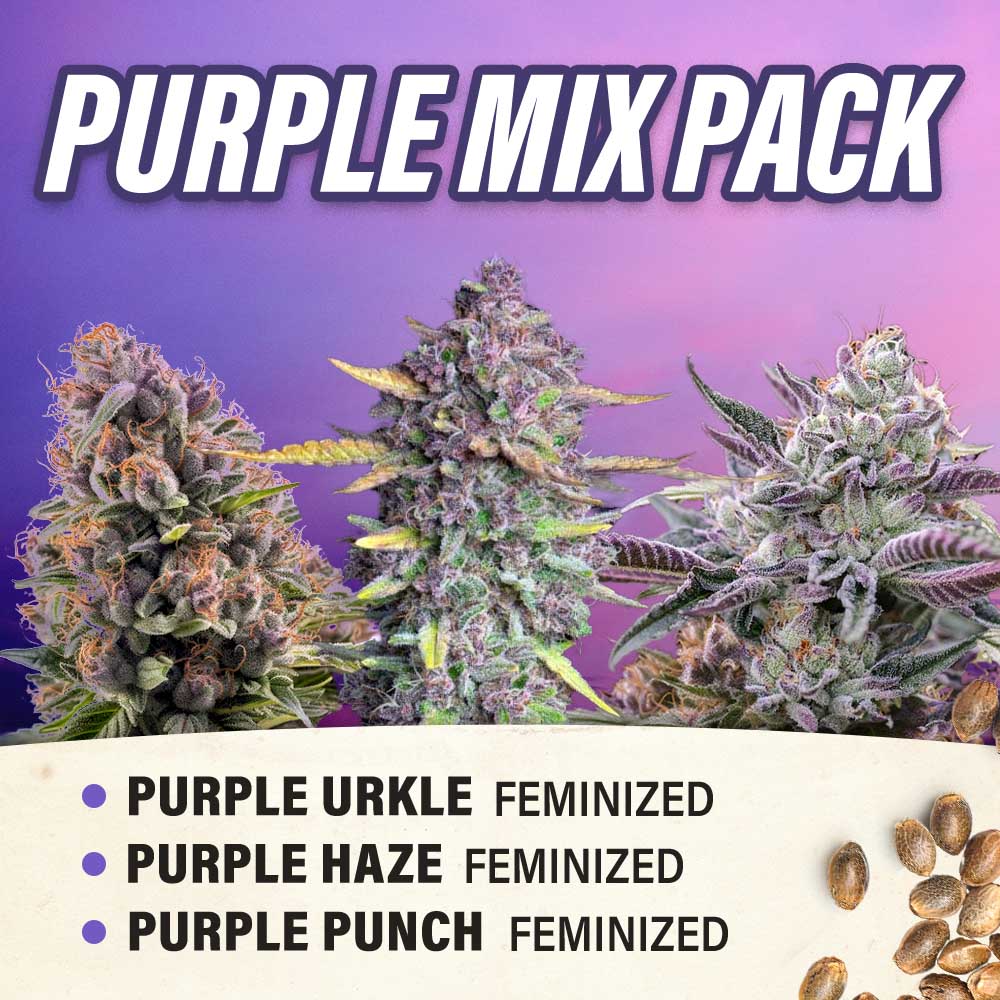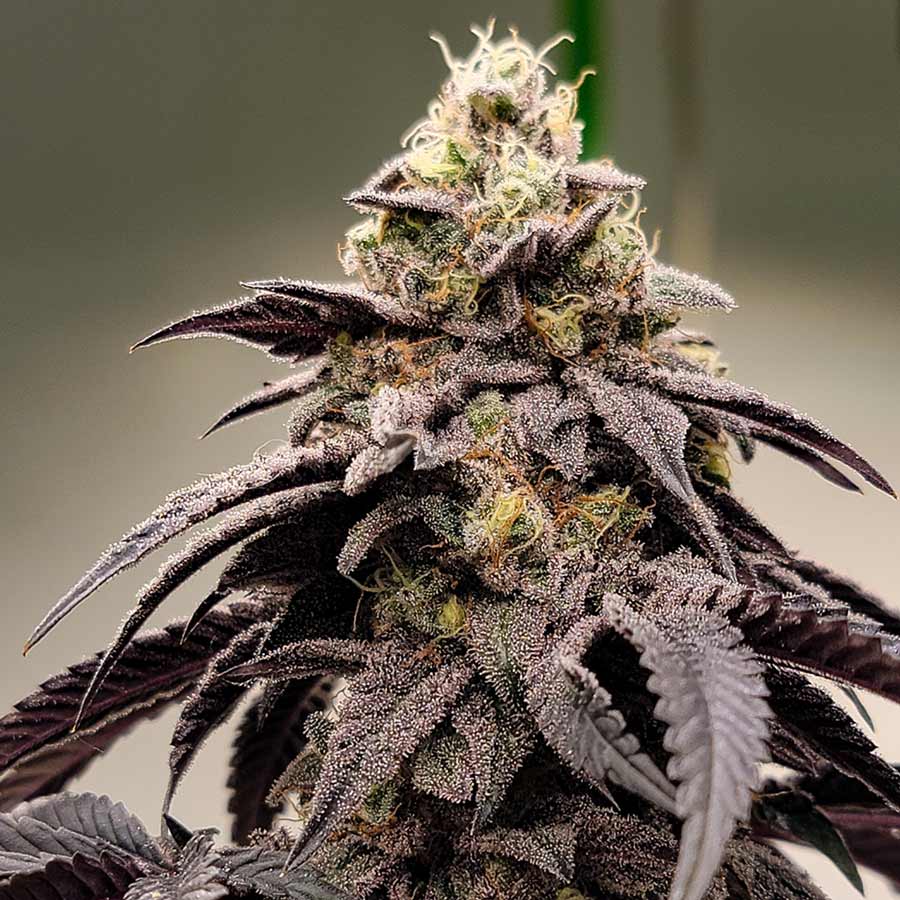Moldy Weed: Here’s Why It’s Harmful and 6 Tips to Avoid It
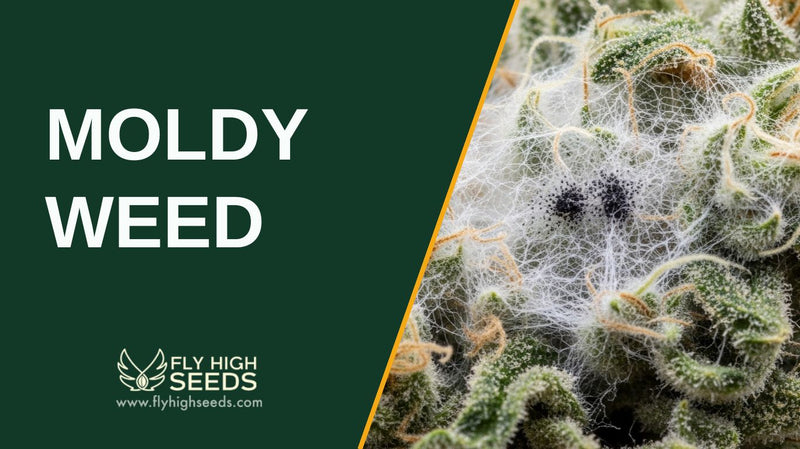
Ever cracked open a jar only to find your weed looking a little off? Moldy weed isn’t just a buzzkill—it can be straight-up harmful. From funky smells to hidden health risks, knowing how to spot and avoid it can save you a lot more than just wasted buds.
Key Takeaways
- Weed can develop mold when exposed to excess moisture, poor storage, or contamination
- Moldy cannabis poses health risks, including respiratory irritation, allergic reactions, and infections
- Mold also ruins the flavor, aroma, and effects of cannabis, making it unsafe to use
- Proper storage in airtight containers with controlled humidity helps prevent mold growth
- Keeping cannabis away from light, heat, and long-term neglect preserves freshness
- Lab tested cannabis provides extra assurance of safety and quality
Does Weed Get Mold?
Yes, weed can absolutely get mold. Just like any other plant matter, cannabis buds are vulnerable to excess moisture, poor storage conditions, and fungal spores in the air. Mold growth often appears as fuzzy spots, powdery mildew, or dark patches on the buds, and it can ruin both the quality and safety of your stash.
Dangers of Moldy Weed

Moldy cannabis isn’t just unpleasant—it can pose real risks to your health. Here’s what you should know before even thinking about smoking moldy weed:
- Respiratory problems – Inhaling mold spores can irritate your lungs, leading to coughing, throat irritation, or even lung infections.
- Allergic reactions – Some people may experience sneezing, watery eyes, or skin irritation when exposed to moldy cannabis.
- Compromised immune system risks – Those with a weakened or compromised immune system are especially vulnerable to mold infections and more severe health issues.
- Hidden health risks – Even seasoned consumers might not recognize mold at first glance, making contaminated buds a dead giveaway for long-term harm.
- Reduced cannabis quality – Mold infestation ruins the flavor, aroma, and effects of cannabis, making the experience harmful instead of enjoyable.
How to Avoid Getting Mold on Weed
Keeping your stash mold free comes down to proper storage and a little extra care. Mold spores are everywhere in the environment, so the key is making sure your cannabis flowers aren’t stored in conditions that allow them to develop mold.
Here are some of the most trusted tips from both experts and everyday cannabis enthusiasts:
Store in Airtight Containers
Glass mason jars or other airtight containers are the gold standard for storing cannabis buds. They lock out excess moisture, dust, and contaminants while preserving the natural aroma and potency. Plastic bags are a bad idea, since they don’t protect well against mold growth and can degrade the plant matter over time.
Control Humidity Levels
Mold loves excess moisture. Keeping your cannabis at around 59–63% relative humidity creates an environment where it stays fresh but doesn’t develop mold or mildew growth. Many seasoned consumers use humidity packs inside jars to maintain the right balance, especially in climates with naturally high humidity.
Keep Away from Light and Heat
Exposure to light and heat not only dries out cannabis but also creates the perfect conditions for mold spores to thrive. A cool, dark cupboard or drawer is better than leaving your stash near a sunny window or in a damp basement. The ideal temperature is usually in the mid-60s Fahrenheit to prevent mold without damaging cannabinoids.
Don’t Store Long-Term Without Care
Even healthy cannabis can become moldy if it sits for months without being checked. Rotate your stash so older buds get used first, and always pay attention to expiration dates on cannabis products. Before consuming cannabis that’s been stored for a long time, give it a close look and smell test to ensure no mold infestation has developed.
Drying Process Matters
If you’re growing your own cannabis plants, the drying process is critical. Buds that are dried too quickly can trap moisture inside, leading to bud rot, powdery spots, or even white powdery mildew. A slow, careful drying process followed by proper curing reduces the risk of mold found later on.
Buy Lab Tested Cannabis
One of the safest ways to avoid consuming moldy weed is to buy from cannabis companies that provide lab tested products. Testing helps ensure the buds are free from harmful contaminants, including fungal spores. This gives peace of mind that your cannabis is both safe and of high quality.
Can You Still Use Moldy Weed?
No, you should never use moldy weed. Once cannabis buds develop mold, they carry harmful fungal spores that can trigger allergic reactions, respiratory issues, or even infections—especially in people with a compromised immune system. The health risks far outweigh any potential benefits, so it’s best to toss it out and stick to healthy cannabis instead.
Final Thoughts

Mold on cannabis is more than just a cosmetic issue—it’s a real threat to your health and overall experience. By learning how to identify moldy weed and following proper storage tips, you can keep your stash safe, effective, and enjoyable.
Want to make sure your supply is always safe? Check out trusted lab tested cannabis products for peace of mind.
Frequently Asked Questions
Can mold grow on cannabis after purchase?
Yes, mold can still develop on cannabis after you’ve bought it, especially if it’s stored in humid or poorly ventilated conditions. Even healthy cannabis can turn into moldy cannabis if exposed to excess moisture or stored in places like a damp basement. Proper storage in airtight containers at the right humidity levels helps prevent mold growth.
How can I tell if my weed has mold without a lab test?
You can often identify moldy weed with your senses. Look for powdery spots, cotton like fuzz, or unusual dark spots on the buds. A musty smell instead of the typical skunky aroma is another dead giveaway. While lab tested cannabis products offer the most certainty, visual signs and smell are often enough for seasoned consumers to detect mold infestation.
Does decarboxylation kill mold on cannabis?
No, the decarboxylation process doesn’t make moldy cannabis safe to consume. Heating may kill some fungal spores, but it doesn’t remove the harmful toxins they leave behind. Smoking moldy weed after decarboxylation still poses health risks like respiratory issues and allergic reactions.
Is mold on cannabis dangerous for everyone?
While mold can be harmful to anyone, people with a compromised or weakened immune system face greater risks. They’re more vulnerable to mold infections and lung infections caused by inhaling mold spores. Even those with a healthy immune system may experience throat irritation, allergic reactions, or other health issues when consuming moldy weed.
Can freezing weed prevent mold?
Freezing cannabis isn’t recommended as a mold-prevention method. The freezing process can damage the plant matter and trichomes, reducing potency and quality. Instead, cannabis enthusiasts recommend storing buds in airtight containers at an ideal temperature and humidity range for long-lasting freshness without mold infestation.
